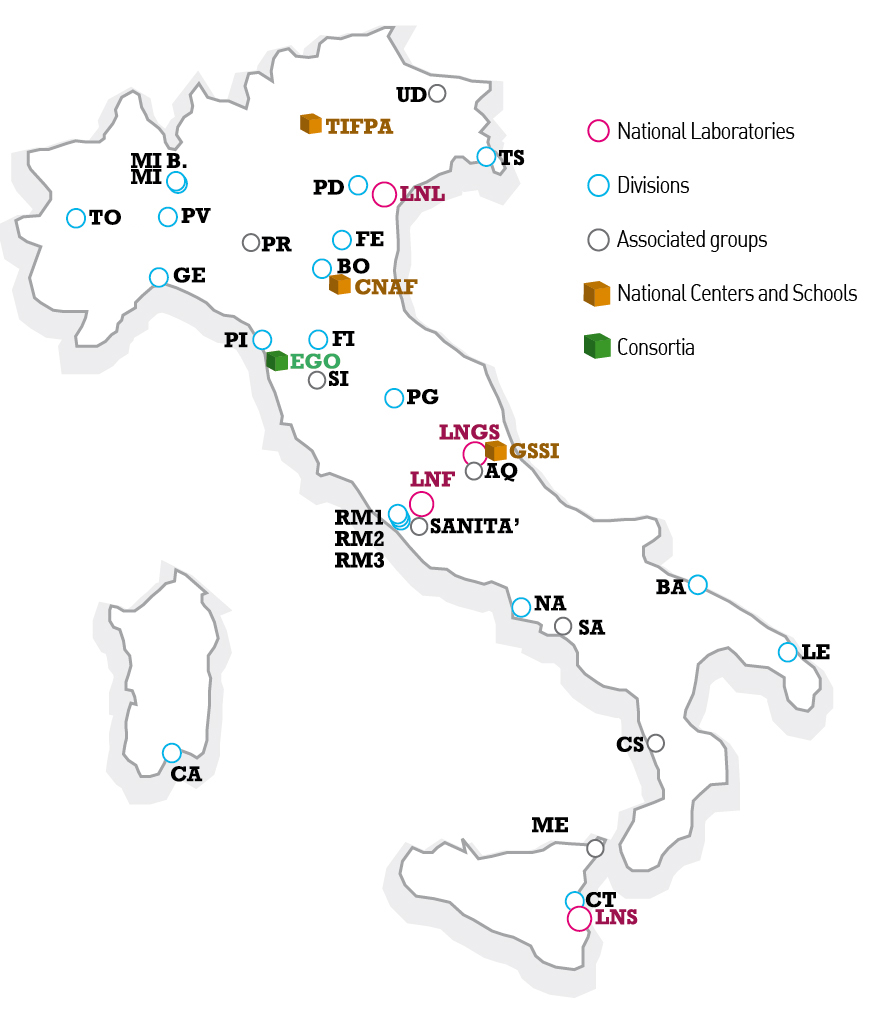DYNSYSMATH
Dynamics and non equilibrium states of complex systems
NEWS
Post Doc Position in the Parma Unit - Fall 2024
The Parma Unit works in various directions related to the analysis of complex dynamical phases for out of equilibrium systems and transport processes, and on learning regimes in real and artificial neural networks. The post doc will join one of these lines of research, collaborating with all the different groups.
Feature learning in deep networks in and out of equilibrium: a statistical physics approach
In modern artificially intelligent systems, one of the major challenges is under-standing how deep neural networks learn features during training. Recently, our team at Unipr obtained analytical results, based on a statistical physics approach, in the so-called proportional limit, where the size of the training set and the size of the hidden layers are taken to infinity simultaneously, while keeping their ratio finite. In this regime feature learning occurs non perturba-tively, as a renormalization of the infinite-width Neural Network Gaussian Process (NNGP) kernel, which depends on the topology and weight-sharing properties of the architecture considered. Closely related to the aforemen-tioned results, the most urgent question to address is whether our effective theory for Bayesian learning (which is equivalent to the standard equilibrium canonical ensemble in Statistical Physics) delivers at least qualitative insight on the out-of-equilibrium modern training algorithms routinely employed by practitioners, such as the stochastic gradient descent (SGD) dynamics. The goal of this line of reasarch is to investigate these topics through a calibrated comparison of feature learning effects in DNNs in and out of equilibrium.
Recurrent Neural Networks for Inference of Population Dynamics in Cortical Circuits
Within the PNRR project MNESYS, in collaboration with the Neuroscience Group of the University of Parma, we are studying experimental datasets from primates, reconstructing with machine learning techniques the dynamical behaviour of cortical circuits undergoing execution-observation task, with the aim of investigating the structure of the input and to analyse the effective low dimensional dynamic in the reconstructed network.
Rare Events and Large deviations in transport and non equilibrium processes
Understanding the mechanisms that trigger large fluctuations is of utmost importance for the study of rare events in stochastic processes, in many fields of research. The mechanism that typically generates them is of two types: the rare event can be produced by an accumulation of many small deviations all in the same direction, as in the case of processes with exponential tails, or by a single very large event, which makes the main contribution to the process. This occurs when "fat-tailed" distributions are present in the process, and is called the Big Jump effect. In recent years we have formulated a general approach for estimating the contribution of rare events in the presence of fat-tailed distributions. We are studying Big Jump effects in jump processes and continuous stochastic processes, in particular in First Passage Problems in restricted geometries and in continuous processes, where the formulation in terms of istantons appears to be related to Big Jump effects.
